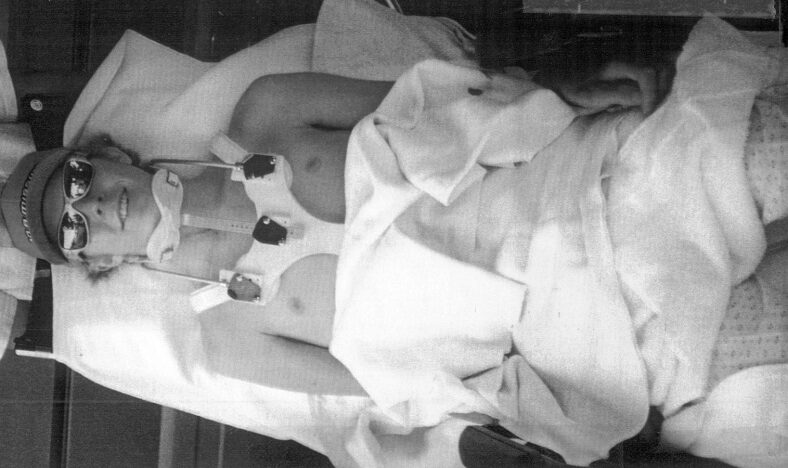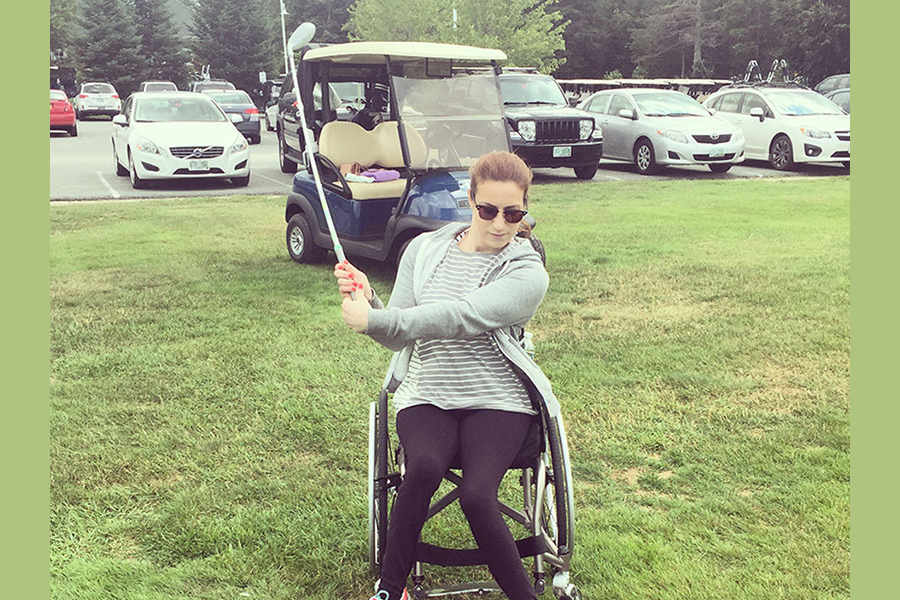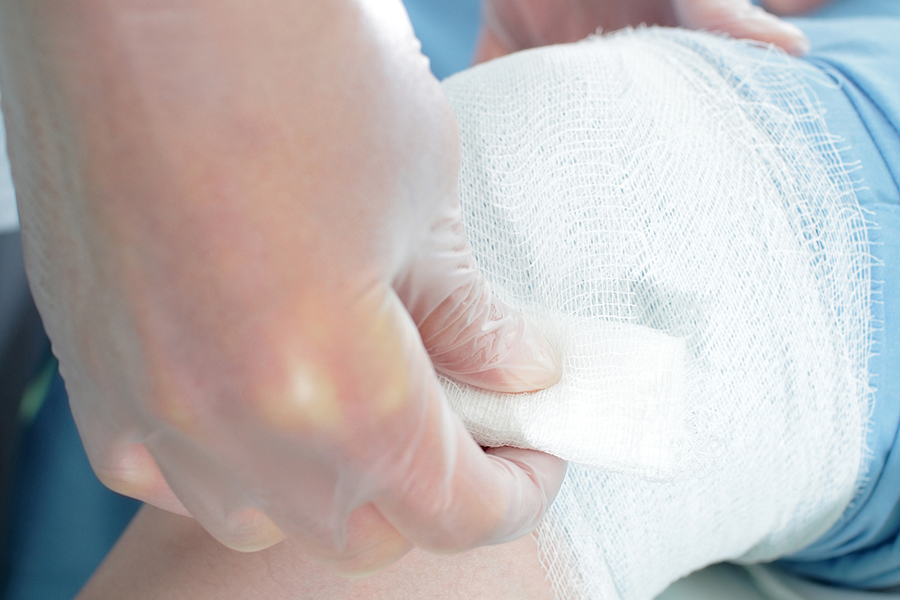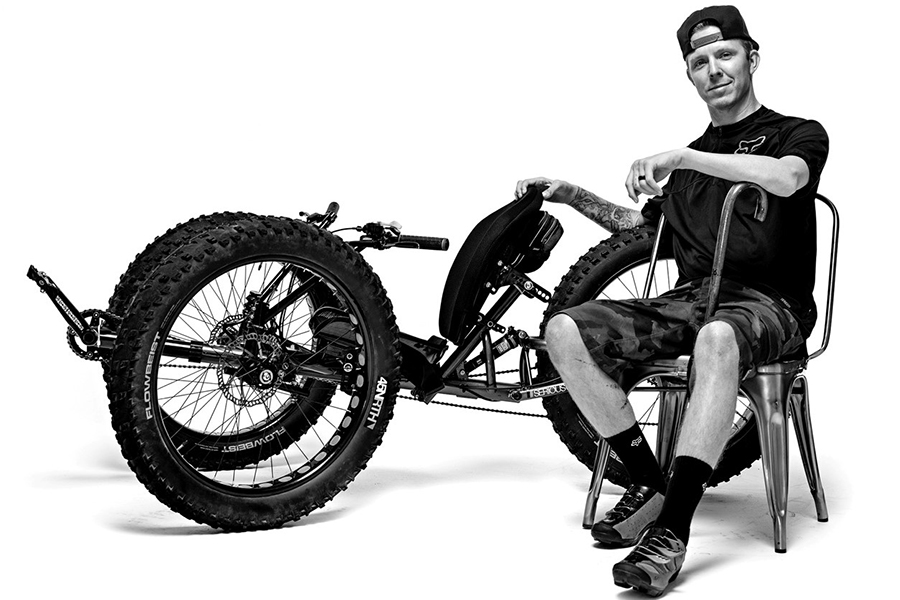For patients with spina bifida, bladder problems are common and typically result in a need for urological or incontinence supplies. The information below is a general overview for a better understanding of the needs of patients with spina bifida.
Generally, with this birth defect, the small bones of the vertebrae that make up the spine don’t form fully and may have gaps between them. In severe cases, one or more vertebrae may be missing, thus exposing the spinal cord. In most spina bifida cases, the spinal defect is located toward the base of the spine. Approximately 5 out of 10,000 live births in the United States are affected.
Complications range from minor physical problems with little functional impairment to severe physical and mental disabilities, including abnormal sensation and paralysis. Spina bifida’s impact is determined by the size, location and severity of the malformation. All nerves below the malformation are affected to some degree. Therefore, the higher the malformation is on the back, the greater the nerve damage and loss of muscle function and sensation.
Because the type and degree of spina bifida varies from person to person, the needs of the individual will depend on his or her unique challenges. With spina bifida, damage to nerves in the lower lumbar and sacral region in the spine will occur over time and can lead to a condition known as neurogenic bladder.
A neurogenic bladder causes incontinence ranging from partial to complete loss of voluntary urination. Intermittent catheters and/or incontinence products can be used by those with spina bifida to manage a neurogenic bladder and assist in gaining and maintaining independence.










 I have c6 injury and I have lots of spasm in my whole body. What can you suggest to help?
I have c6 injury and I have lots of spasm in my whole body. What can you suggest to help?






